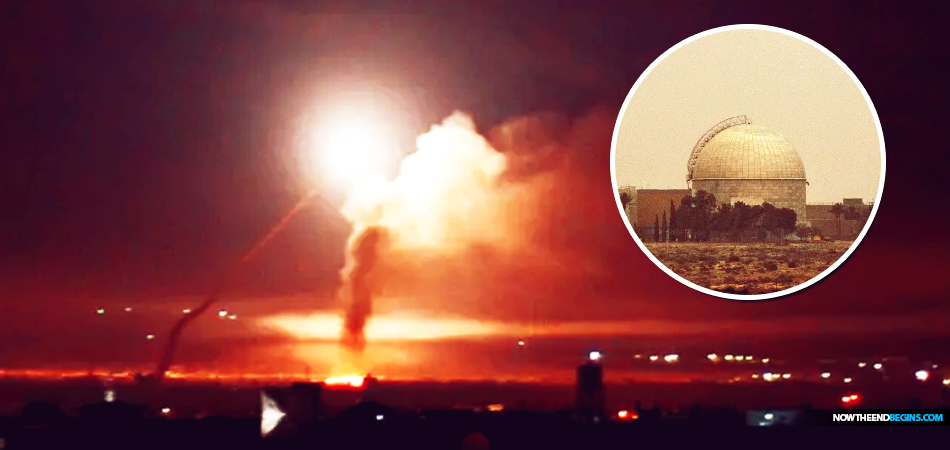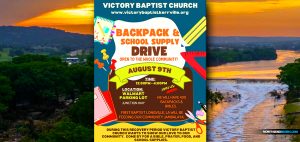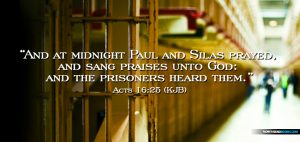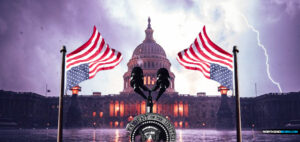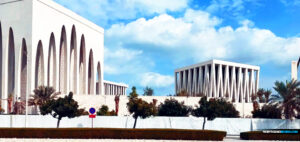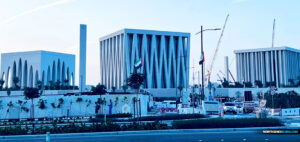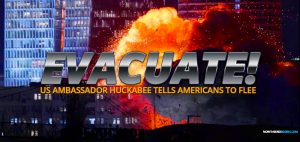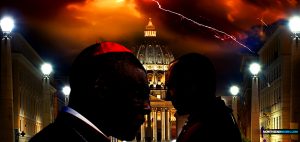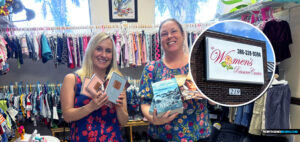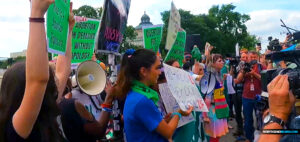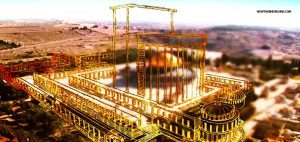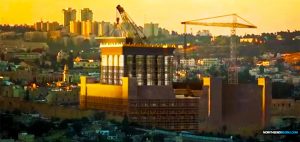Doomsday Preppers
Does New Video Of Texas Fertilizer Factory Explosion Show Missile Strike?
Now a homemade smartphone video has come to light, and about 28 seconds into it, you see something come down from above with great impact.
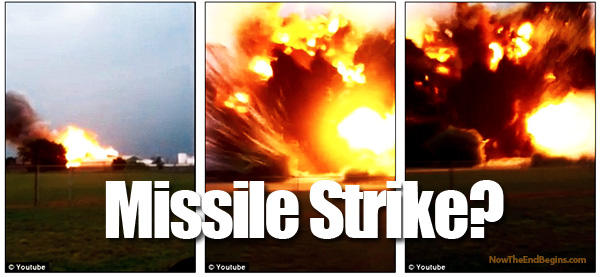
The fire and explosion at a West, Texas fertilizer factory on Tuesday has all but decimated the entire town. Dozens of people dead, hundreds wounded. CBS News reported it like this:
“Emergency crews were called to the scene at about 7:30 p.m. to battle a small fire at the West Fertilizer Company, located in the 1400 block of Jerry Mashek Drive, just off of Interstate-35 between Waco and the DFW area. Firefighters were trying to control that blaze when an explosion happened. Emergency officials are among those confirmed dead, and some first responders are among the missing, but no names have been released.
The blast damaged as many as 75 nearby homes and gutted units in an apartment complex, according to State Trooper D.L. Wilson. “We’ve got a lot of houses on one street, especially there, that look like a war zone,” added EMS director Dr. George Smith. “They’ve been collapsed, so there may be people inside those houses, either critically injured or deceased.”
Now a homemade smartphone video has come to light, and about 28 seconds into it, you see something come down from above with great impact. To me, it does not look like an explosion from a fire which would start at the bottom and go up. Whatever this is it comes down from above, strikes, and then we see the terrifying explosion.
Watch and decide for yourself….

Doomsday Preppers
Why Are The World’s Tech Billionaires Building Underground Doomsday Shelters In New Zealand?
More than 13,000 Americans registered to buy a home in New Zealand — 17 times the usual rate — in the week after Donald Trump was elected president.
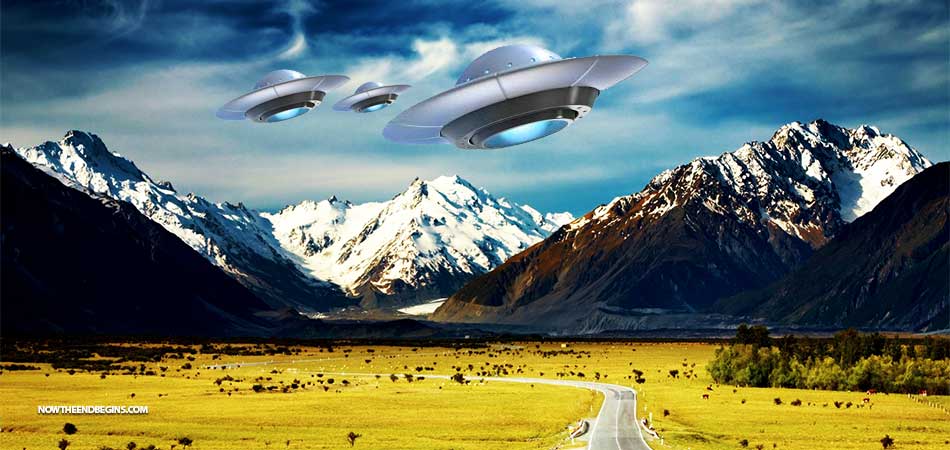
More than 13,000 Americans registered to buy a home in New Zealand — 17 times the usual rate — in the week after Donald Trump was elected president.
“And the kings of the earth, and the great men, and the rich men, and the chief captains, and the mighty men, and every bondman, and every free man, hid themselves in the dens and in the rocks of the mountains; And said to the mountains and rocks, Fall on us, and hide us from the face of him that sitteth on the throne, and from the wrath of the Lamb: For the great day of his wrath is come; and who shall be able to stand?” Revelation 6:15-17 (KJV)
You’re all set — your bags were packed long ago, there’s a dozen solid gold coins stashed inside your belt and a pistol strapped round your waist. There’s no need to say goodbye to the wife and children as they’re already waiting for you 6,000 miles away in New Zealand, having slipped off quietly at the first whiff of global catastrophe.
Now, they’re making themselves comfortable in that fortress home you’ve spent years preparing. They’ve got store-loads of food and enough guns and ammunition to start World War III – which might, anyway, have begun by the time you arrive.
The high-powered motorbike you’ve never used is waiting outside to whisk you to the private airport where your plane sits waiting. A helicopter-ride at the other end, pull up the drawbridge — yes, you have one — and you’re ready to wait, for years if necessary, for civilization to return.
Doomsday Bunkers For The Global Elites
Never mind the warnings about stocking up on vegetables after awful weather has ravaged the Mediterranean farming belt. Some of America’s richest people are spending billions quietly preparing for a global Apocalypse.
The world of Doomsday survivalists or ‘Preppers’ — those preparing themselves for total social collapse — is usually associated with wild-eyed eco-beardies hiding in the woods. But the existence of a very different group of Preppers was laid bare by a political row in New Zealand this week.
Attracted by a remote First World country that has the potential to be self-sufficient and is on no one’s list of nuclear targets, the super-rich kings of Silicon Valley and Wall Street are buying up vast tracts of its land — in anticipation of the day when they may need to live there.
The controversy has revealed the extraordinary precautions being taken by the mega- rich to ensure that WTSHTF — a crude survivalist acronym for ‘when the **** hits the fan’ — they and their loved ones will be safe and comfortable.
What the catastrophe will precisely be remains unclear, but possibilities include a devastating asteroid impact, giant earthquake, nuclear war, civil war, pandemic, zombie invasion and the Second Coming.
Tellingly, the geeks of Silicon Valley appear to be most worried that it will be a struggle between rich and poor in a world economy turned upside down by new technology — with them as the main targets. The row in New Zealand involves scores of mega-rich Americans but has specifically centered on Peter Thiel, the billionaire founder of the internet payment system PayPal and an early investor in Facebook.
Thiel, a libertarian supporter of Donald Trump, paid $10million for a 477-acre lakeside estate in the country’s beautiful but isolated Southern Alps, which provided much of the staggering landscape in the Lord Of the Rings and Hobbit films.
Amid a public outcry over the invasion of U.S. internet and finance billionaires, the New Zealand government has released papers detailing the ‘exceptional circumstances’ under which the American tycoon was quietly given a New Zealand passport. It is difficult to understand how this complied with the rules, including one that insists foreigners must live there for three years beforehand. Mr Thiel has gushed about his ‘great pride’ in his new citizenship and how he has ‘found no other country that aligns more with my view of the future’.
Perhaps what he really meant was exposed, after one of his Silicon Valley chums, the venture capitalist Sam Altman, revealed that, at the first sign of global disaster, he and Thiel would fly to New Zealand.
Other uber-rich Americans who have recently bought homes there include the billionaire hedge-fund pioneer Julian Robertson and the Hollywood film director James Cameron.
Local estate agents say their U.S. clients rarely intend to live in New Zealand, but cite reasons for their purchases such as the toxic presidential election and the spate of mass shootings in America.
In the first ten months of last year, foreigners — mainly Australians and Americans — bought nearly 1,400 square miles of land there, more than four times what they bought in the same period the previous year.
When they’re not buying up land abroad (Chile is also popular as it has low taxes, a good climate and good air links), rich survivalists like to swap tips on private Facebook groups or at regular dinners.
Popular subjects range from buying internet currencies such as Bitcoin, as protection against a central banking meltdown, to which foreign countries are most likely to hand them a passport and so the chance to relocate there in a crisis.
Some have planned for every eventuality. Steve Huffman, the 33-year-old co-founder of the internet discussion forum Reddit, which is valued at $600 million, is one of several Silicon Valley barons who has had laser surgery to correct poor eyesight.
If society collapses, he reasons perversely, getting hold of new spectacles might be a challenge. Ammunition could run out, too. Marvin Liao, a former senior executive at web giant Yahoo, has taken classes in archery and has amassed a small arsenal of other non-firearm weapons to protect his wife and daughter.
Survivalists have their own set of acronyms, including WROL (Without Rule Of Law) and LIA (Little Ice Age). (Some of them worry that the latter has just started). They also have secret buzzphrases. ‘Saying you’re “buying a house in New Zealand” is kind of a wink, wink — say no more,’ Reid Hoffman, a venture capitalist told the New Yorker magazine.
‘Once you’ve done the Masonic handshake, they’ll be, like: “Oh, you know, I have a broker who sells old ICBM [intercontinental ballistic missile] silos, and they’re nuclear-hardened, and they kind of look like they would be interesting to live in.” ’
These brothers in paranoia don’t necessarily agree on how to survive the approaching cataclysm. Antonio Garcia Martinez, a former Facebook product manager, bought five wooded acres on an island off America’s north Pacific coast.
For this refuge, he brought in solar panels, power generators and thousands of rounds of ammunition.
He chose the spot because it’s far from cities — but not completely remote, as ‘one guy alone’ couldn’t hope to stand up to a ‘roving mob’. One would need to set up a ‘local militia’ with others, he says. And when you have your hundred or so acres of land, what do you put there?
Post-apocalypse design for the money-no-object brigade tends to involve creating a home with a huge bomb-proof basement. The home must be self-contained, not only ‘off the grid’ (with its own power and water supplies), but with tanks for raising tilapia — a hardy, fast-growing fish — to eat, and facilities in which to grow vegetables hydroponically without soil.
Naturally, property developers are eagerly capitalizing on such concerns. The Survival Condo Project, a former underground nuclear missile silo in Kansas, has been converted into a 15- storey luxury apartment complex with a pool, gym, classroom and a miniature hospital.
It also has ground-level security cameras, electric fences, an on-site armoury, a sniper post and even a prison cell in which to put unwanted visitors. Instead of windows, giant LED screens show live pictures of the prairie above. Its creators, who’ve sold all 14 of the $3m homes and are developing a string of new sites, say it can sustain 70 people indefinitely. That is, as long as they can put up with living in what a visitor compared to a well-furnished submarine — silent and rather oppressive.
Project boss Larry Hall says he gets more phone inquiries every time North Korea tests a bomb.
His team promise to send a Pit-Bull VX armoured truck to collect a resident from within a 400-mile radius of the silo. Others prefer to put their own plans in place. Reddit founder Huffman says he realised a motorbike would be a necessity after watching the disaster film Deep Impact, in which people try to flee a tsunami caused by a comet-strike, clogging the streets so cars are brought to a standstill.
All this panic among the super-rich begs an obvious question: what do they know that the rest of us don’t? Certainly, preparing for the Apocalypse has been a multi-billion dollar business for many years. Polls have shown around 22 per cent of Americans believe the world will ‘end’ in their lifetime. Many right-wingers were convinced that Barack Obama would start a civil war by trying to seize citizens’ guns.
Now, there’s the unpredictable Donald Trump to disturb their dreams. More than 13,000 Americans registered to buy a home in New Zealand — 17 times the usual rate — in the week after he was elected president. There are TV shows about so-called preppers, a survivalist radio network and disaster readiness conventions. There are estate agents dedicated to the task, scouting out easily defendable properties, and even ‘Doomsday dating’ sites such as Survivalist Singles (motto: ‘You don’t have to face the future alone’).
But why are the country’s most privileged people, protected by immense wealth, quite so in fear?
For it is believed that at least 50 per cent of Silicon Valley billionaires have taken out so-called ‘apocalypse insurance’ by finding a refuge at home or abroad. Reluctant to admit the truth, they often describe it as a holiday home, so it’s difficult to know whether or not Facebook founder Mark Zuckerberg bought a 750-acre estate in Hawaii ‘just in case’.
Similarly, his fellow tech billionaire Larry Ellison, founder of Oracle, who has not only bought 98 per cent of Hawaii’s sixth largest island, Lanai, but — handily — its own airline.
Of course there is the possibility that these fretting tech wizards’ prescience is justified. For many have made their fortunes out of predicting mankind’s dependence on digital gadgets and so we should respect their Doomsday hunches. Survivalists say the first signs of crisis often appear on internet chat forums, as they reportedly did before the 2008 financial crash. source
Doomsday Preppers
These Vivos Group Doomsday Shelters For The 1% Make Up The Largest Private Bunker Community On Earth
These Vivos Group Doomsday Shelters For The 1% Make Up The Largest Private Bunker Community On Earth.
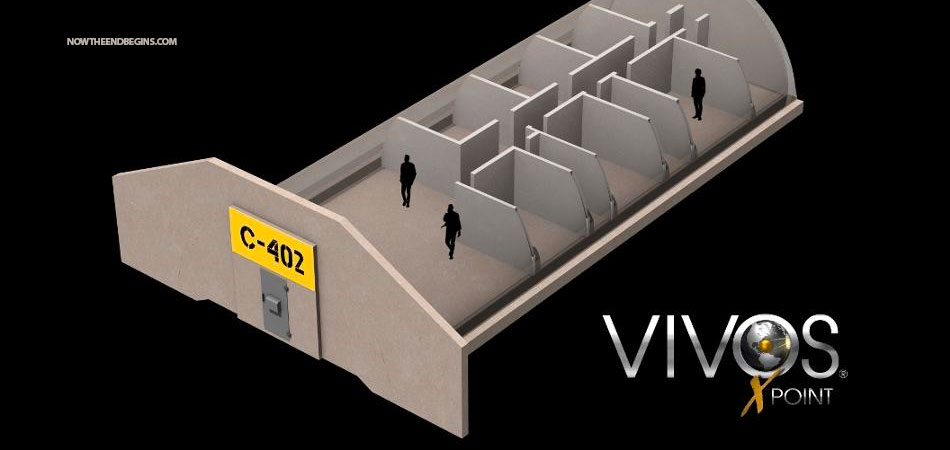
Located in South Dakota, the structures were originally built by the Army Corps of Engineers in 1942 as a military fortress that stored explosives and munitions.
“And the kings of the earth, and the great men, and the rich men, and the chief captains, and the mighty men, and every bondman, and every free man, hid themselves in the dens and in the rocks of the mountains; And said to the mountains and rocks, Fall on us, and hide us from the face of him that sitteth on the throne, and from the wrath of the Lamb: For the great day of his wrath is come; and who shall be able to stand?” Revelation 6:15-17 (KJV)
EDITOR’S NOTE: Revelation 6 shows us the incredible futility of people during the time of Jacob’s trouble trying to hide themselves from Jesus Christ by asking the mountains and the rocks to fall on them. Doomsday bunkers are a modern-day presaging of that event, and an equally useless waste of time.
Whether it’s nuclear warfare or a zombie apocalypse that triggers the end of the world, Vivos Group wants you to be prepared. The California-based company builds and maintains massive fortified shelters where high-net-worth families can buy space and live out Armageddon.
Its new development, Vivos xPoint, is billed as the largest private shelter community on earth. The bunker community houses up to 5,000 people and can withstand a 500,000-pound blast.
Take a look inside this modern-day Noah’s Ark:
The bunkers were built to withstand a 500,000-pound blast from explosives within. Vivos can pitch in as little or as much as the tenants like.
The company estimates the cost of retrofitting each shelter — complete with a blast door seal and interior lock, an escape hatch, exhaust and air vents, a propane generator, a fuel tank, electrical wiring, plumbing, a hot water heater, and a septic system — is roughly $12,000.
More “optional” construction, such as building walls, flooring, and energy storage, could run up an additional $20,300. For a full estimate of the costs, click here.
Vivos hopes to complete construction on the general store and offices and living quarters for staff by fall 2017. source
Doomsday Preppers
Prepping People For The Apocalypse Has Become A High-Tech Billion Dollar Industry
The apocalypse has become big business, and it’s getting bigger every day. Today, Americans en masse are again preparing for the worst.
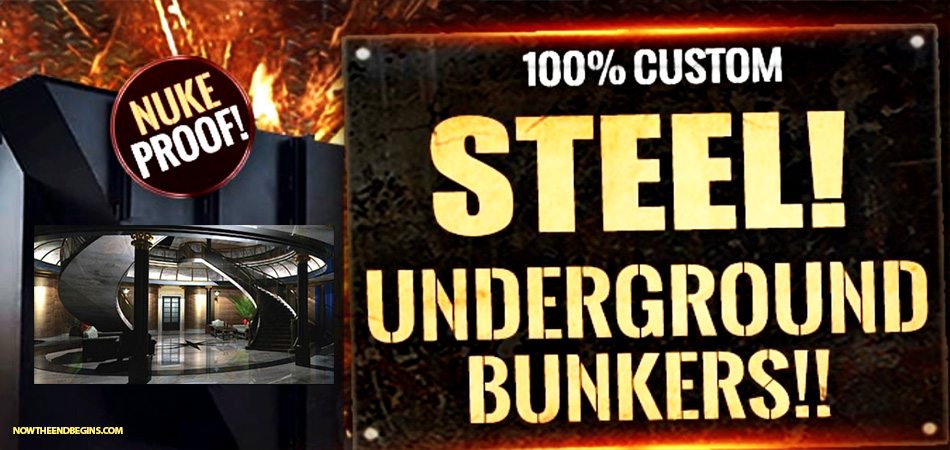
The apocalypse has become big business. And it’s getting bigger every day
“And the kings of the earth, and the great men, and the rich men, and the chief captains, and the mighty men, and every bondman, and every free man, hid themselves in the dens and in the rocks of the mountains; And said to the mountains and rocks, Fall on us, and hide us from the face of him that sitteth on the throne, and from the wrath of the Lamb: For the great day of his wrath is come; and who shall be able to stand?” Revelation 6:15-17 (KJV)
EDITOR’S NOTE: In Revelation 6 quoted above, we see an amazing picture. God shows us unsaved man in the last days, living in doomsday shelters, begging the ‘mountains and the rocks’ to protect them from the wrath of God almighty. These shelters, bunkers and panic rooms do nothing to keep them safe when the actual Apocalypse arrives. If you really want to prepare for the end times, then get saved and trust Jesus Christ. Your victory will be assured for all eternity.
Christians aren’t called to underground hiding places, Christians are called to “LOOK UP!” and wait for the BLESSED HOPE of the Pretribulation Rapture of the Church of Jesus Christ.
“Looking for that blessed hope, and the glorious appearing of the great God and our Saviour Jesus Christ;” Titus 2:13 (KJV)
In the ’50s, homeowners fearing Communist attacks built bunkers in their backyards and basements, hung up a few “God Bless Our Bomb Shelter” signs and called it a Cold War. But today, Americans en masse are again preparing for the worst—and Communists are just about the only thing not on their list. What is? Terrorist attacks, a total economic collapse, perhaps even zombie invasions. Or maybe just a complete societal breakdown after this November’s scorched-Earth presidential election.
But this is not your Uncle Travis’ guns-and-canned-foods-militia vision of Armageddon preparedness. While the fears of survivalists and so-called preppers are modernizing, so too are their ideas and methods of refuge.
Inside the Luxury Survival Condos:
The business of disaster readiness is getting higher tech, higher priced, and way more geographically diverse, with state-of-the-art underground shelters tricked out with greenhouses, gyms, and decontamination units in the boondocks and the latest in plush panic rooms in city penthouses.
Welcome to the brave (and for some, highly profitable) new world of paranoia.
“There’s a lot of uneasiness in society. You see it in politics. You see it in the economy. The world is changing really, really quickly and not always for the better,” says Richard Duarte, author of “Surviving Doomsday: A Guide for Surviving an Urban Disaster.”
Prepping “gives them a certain comfort that at least they’ve got some sort of preparations to … take care of their family if things start falling apart all around them,” he says.
Better be safe with a safe room
If the booming sales of panic rooms are any indication, more and more city dwellers these days are obsessively worrying about everything from home invasions to terror attacks. And they’re backing up those worries with cold, hard cash.
Sales of safe (aka panic) rooms, where families can safely lock themselves away from most threats, are up 30% over the same time last year at Gaffco Ballistics, a Londonderry, VT–based installer which does much of its business in New York City, according to CEO Tom Gaffney. That’s driven in part by the terrorist attacks in San Bernardino, CA, and Paris, he says.
High Capacity ‘Rising S’ Super Shelter:
This video will give you an in depth look at the Rising S line of high capacity “SUPER” storm shelters. Each can hold hundreds of people, can be built for handicap access and the craftsmanship will last for generations. Call us today to learn more about these incredible shelters.
Most of his safe rooms are actually fortified master bedrooms, with ballistic fiberglass–reinforced walls, a Kevlar-lined door that is purported to resist both bullets and sledgehammers, and bullet-proof windows—as well as a high-end alarm system that is designed to withstand burglars, rioters, and more.
He also turns home theaters into radiation-proof rooms where residents can watch the latest Hollywood blockbusters while World War III rages on outside.
The rooms range from $250,000 to $1.5 million. (No one said paranoia came cheap.) People are “just more aware” of potential threats, says Gaffney of his clients, many of whom don’t consider themselves preppers. “It’s a growth market.”
That paranoia has also been fueling business at construction company and safe room installer GoNavco Corp., a Troy, NY–based safe room installer.
Owner Joe Navarra began installing panic rooms several years ago after requests began pouring in. Now this burgeoning portion of his business is up about 50% over the same time last year.
His no-frills chambers start at $20,000, although most are in the $50,000 range. They’re typically installed in the closets or bathrooms of master bedrooms.
Panic rooms aren’t just relegated to the biggest cities and the biggest disasters. Author Duarte has several spaces in his suburban home outside of Miami that could serve as safe rooms with fortified walls and doors.
“You’re never going to stop a determined attacker” with his homemade safe rooms, says Duarte, who says he became a prepper after Hurricane Andrew destroyed his home in 1992. “But you can slow them down to give you enough time to call the police or figure out how to defend yourself.”
Survivalist properties: Living off the land
Of course, for some survivalists, cities will never feel safe. These are the folks who need to go far off the grid. But even this age-old concept is getting a makeover, and a business plan.
Some real estate companies are seeing big increases by specializing in “survivalist properties”—large parcels of rural land with homes targeted specifically to preppers, with full fortification and self-sustainable food and energy options. After all, why not grow your own tomatoes and kale while you wait out the end of the world as we know it?
For example, sales at American Redoubt Realty, a real estate firm nestled in the heart of prepper country in northern Idaho, are up 50% over the same time last year, says real estate agent Todd Savage, who specializes in such transactions. His clients typically hail from Texas and California.
Idaho, Montana and Wyoming are often considered the epicenter of the modern survivalist property trend. But you can find pockets of it across the country, from North Carolina to Washington state.
“Each election cycle we see a huge uptick in interest and sales,” says Savage, who first noticed the trend in 2012, when Mitt Romney faced off against Barack Obama. “People are tired of both sides.”
His buyers are looking for very specific, “100% self-sustainable,” rural properties, at least 10 acres and up, says Savage. To make it true prepper property, the land must have at least two abundant water sources, like a well and a stream; alternative energy, like solar panels or hydropower; and the ability to grow food.
It must also be easily defendable against a multitude of threats, with either bunkers or safe rooms or simply reinforced doors and windows and a lot of ammunition.
Properties already outfitted with solar panels or hydropower are particularly in demand since they can be expensive to install, he says.
Better have deep pockets for a bunker
Likewise, sales at bunker builder Rising S Co. have never been better. They shot up 20% to 25% over the past two years for the radiation-resistant shelters, which can be sunk 33 feet underground and tricked out with gyms, greenhouses, and water filtration systems that can even enable dwellers to drink their own urine if need be. Ewww!
“The more politics that are played on TV, the more our sales go up,” says proud prepper Clyde Scott, owner of the Kemp, TX–based company. “People are in fear of our government passing laws to take their guns away and not allowing them to protect themselves,” including against a foreign invasion.
The company sells nearly two dozen, air- and water-tight steel bunkers a year, which can range from $40,000 to $10 million each. They bear little resemblance to the bare-bulb bomb shelters of the ’50s. The bulk of sales are in Texas, but the end-of-the-world-proof shelters are also big in the Carolinas, Virginia, and Florida, Scott says.
Most of his clients, from surgeons to billionaires, work in cities and are successful businesspeople with families. The bunkers are typically installed on their “bug out” properties, secondary residences in the country where preppers can go if (or when, depending on whom you talk to) disaster hits.
Business is also good over at Ultimate Bunker, based on the outskirts of Salt Lake City, where sales have nearly tripled each year since the company opened shop four years ago. General contractor Mike Peters got into bunkers (literally, folks!) after watching the TV show “Doomsday Preppers” on the National Geographic Channel. He was convinced he could build them better.
His underground shelters start at $59,000 and go way up from there. His top-of-the-line model has areas for raising rabbits and fish. The majority of his sales are in the $500,000 range.
“Almost everything I do is off-ground and located in the middle of nowhere,” says Peters, who often powers the shelters with solar panels placed on nearby sheds.
Customers “want a bunker right now because they feel the country is doomed after the election,” he says. “It doesn’t matter who wins; we’re in trouble.” source
-

 George Soros9 years ago
George Soros9 years agoProof Of George Soros Nazi Past Finally Comes To Light With Discovery Of Forgotten Interview
-
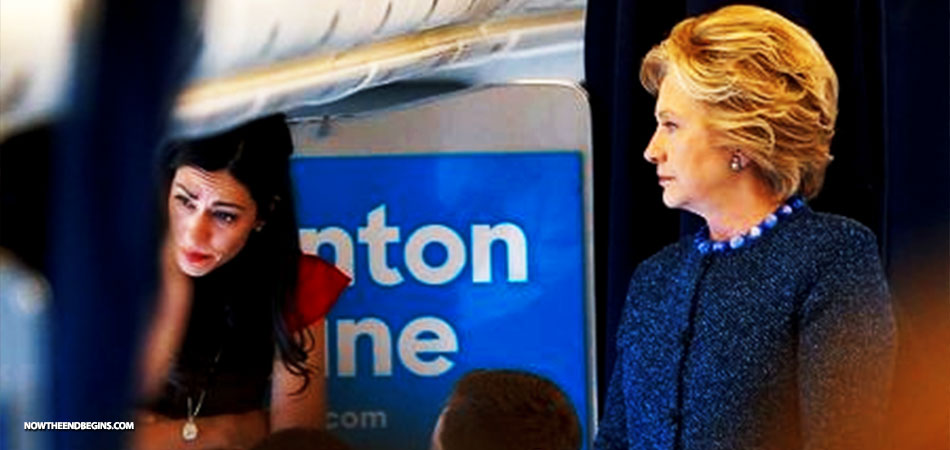
 Election 20169 years ago
Election 20169 years agoDEAD POOL DIVA: Huma Abedin Kept Those Hillary Emails That The FBI Found In A Folder Marked ‘Life Insurance’
-
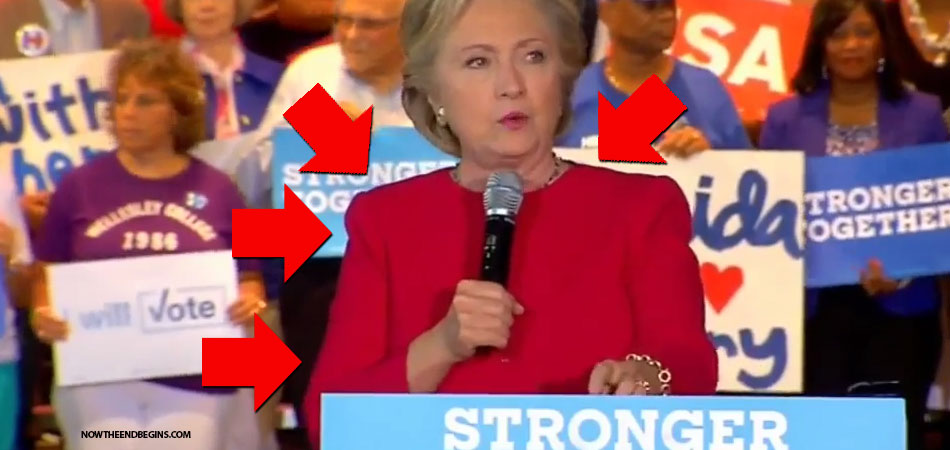
 Election 20169 years ago
Election 20169 years agoCrooked Hillary Campaign Used A Green Screen At Today’s Low Turnout Rally In Coconut Creek FL
-
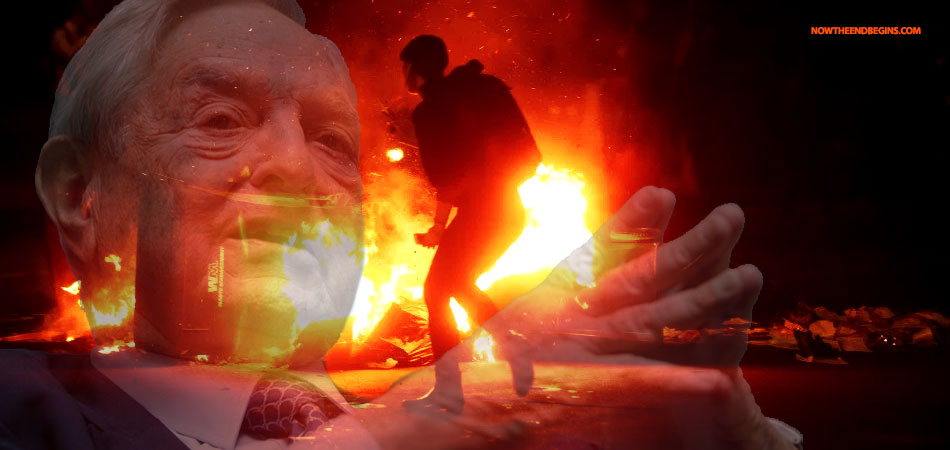
 George Soros9 years ago
George Soros9 years agoSORE LOSER: George Soros Declares War On America As Violent MoveOn.Org Protests Fill The Streets
-

 Donald Trump9 years ago
Donald Trump9 years agoDonald Trump Will Be 70 Years, 7 Months And 7 Days Old On First Full Day In Office As President
-
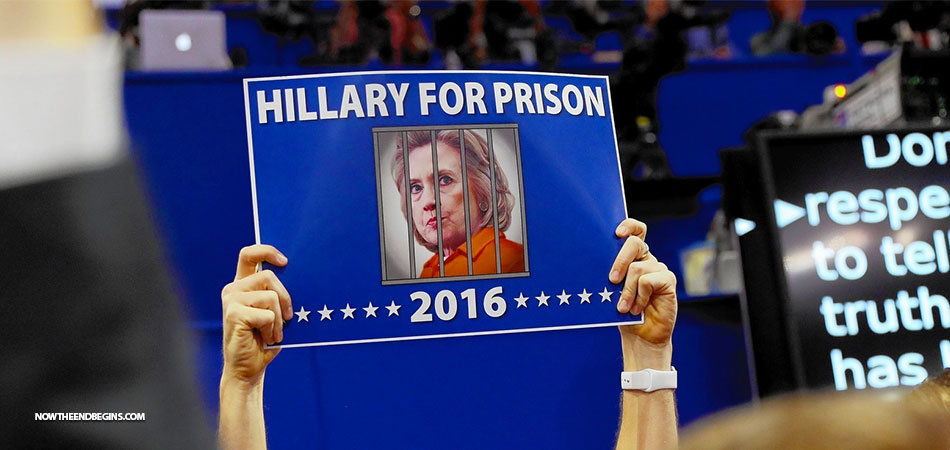
 Headline News9 years ago
Headline News9 years agoIf Hillary Is Not Guilty, Then Why Are Her Supporters Asking Obama To Pardon Her? Hmm…
-

 Election 20169 years ago
Election 20169 years agoWikiLeaks Shows George Soros Controlling Vote With 16 States Using SmartMatic Voting Machines
-

 End Times9 years ago
End Times9 years agoFalse Teacher Beth Moore Endorses The Late Term Partial-Birth Abortion Candidate Crooked Hillary
